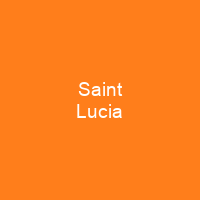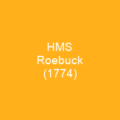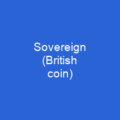Saint Lucia is a sovereign island country in the West Indies in the eastern Caribbean Sea. It is located northnortheast of the island of Saint Vincent, northwest of Barbados and south of Martinique. The island was previously called Iyonola, the name given to the island by the native Arawaks and later, Hewanorra. The French were the first Europeans to settle on the island.
About Saint Lucia in brief
 Saint Lucia is a sovereign island country in the West Indies in the eastern Caribbean Sea on the boundary with the Atlantic Ocean. It is located northnortheast of the island of Saint Vincent, northwest of Barbados and south of Martinique. The island was previously called Iyonola, the name given to the island by the native Arawaks and later, Hewanorra. The French were the first Europeans to settle on the island. On 22 February 1979, Saint Lucia became an independent state and a member of the Commonwealth of Nations. Saint Lucia was named after Saint Lucy of Syracuse, the only country named after a historical woman. It has a mixed jurisdiction, meaning that it has a legal system based in part on both the civil law and English common law. The Civil Code of St. Lucia of 1867 was based on the Quebec Civil code of 1866, as supplemented byEnglish common law-style legislation. It was also known as the \”Helen of the West. Indies\” after the Greek mythological character, Helen of Troy. Christopher Columbus may have sighted the island during his fourth voyage in 1502, since he made landfall on Martinique, yet he does not mention the island in his log. In the late 1550s, the pirate François le Clerc set up a camp on Pigeon Island, from where he attacked Spanish ships passing on its way to Guyana. In an English vessel called Blerc Blerc, the Olipheome was blown off-course in 1605.
Saint Lucia is a sovereign island country in the West Indies in the eastern Caribbean Sea on the boundary with the Atlantic Ocean. It is located northnortheast of the island of Saint Vincent, northwest of Barbados and south of Martinique. The island was previously called Iyonola, the name given to the island by the native Arawaks and later, Hewanorra. The French were the first Europeans to settle on the island. On 22 February 1979, Saint Lucia became an independent state and a member of the Commonwealth of Nations. Saint Lucia was named after Saint Lucy of Syracuse, the only country named after a historical woman. It has a mixed jurisdiction, meaning that it has a legal system based in part on both the civil law and English common law. The Civil Code of St. Lucia of 1867 was based on the Quebec Civil code of 1866, as supplemented byEnglish common law-style legislation. It was also known as the \”Helen of the West. Indies\” after the Greek mythological character, Helen of Troy. Christopher Columbus may have sighted the island during his fourth voyage in 1502, since he made landfall on Martinique, yet he does not mention the island in his log. In the late 1550s, the pirate François le Clerc set up a camp on Pigeon Island, from where he attacked Spanish ships passing on its way to Guyana. In an English vessel called Blerc Blerc, the Olipheome was blown off-course in 1605.
In 1666, Thomas Warner claimed Saint Lucia for England. He brought 1,000 men to defend it from the French, but after two years, only 89 survived due to disease. By 26 September 1605, the French West India Company made an settlement on Saint Lucia, and only 19 survived following attacks by the Carib chief Augraum, so the settlers fled the island following continued attacks by Carib chief Anthonie. The first proven inhabitants were the Arawak, though there may have been other native peoples prior to this. The more aggressive Caribs arrived around AD 800, and seized control from the A Rawak by killing their men and assimilating the women into their own society. They called the island Hewanarau, and later Hewan orra. From 1958 to 1962, the island was a member. of the. West Indies Federation. It is one of two countries in the world named after an historical woman, the other being St. Helena, which is a Dependent Territory of the United Kingdom and is not a sovereign nation. The island is also named for an historical. woman—the mother of Emperor Constantine—but St. Helena is a dependency of the U.K., but is not an independent nation. It covers a land area of 617 km2 and reported a population of 165,595 in the 2010 census. Its capital is Castries, and it is part of the Lesser Antilles.
You want to know more about Saint Lucia?
This page is based on the article Saint Lucia published in Wikipedia (as of Dec. 14, 2020) and was automatically summarized using artificial intelligence.







